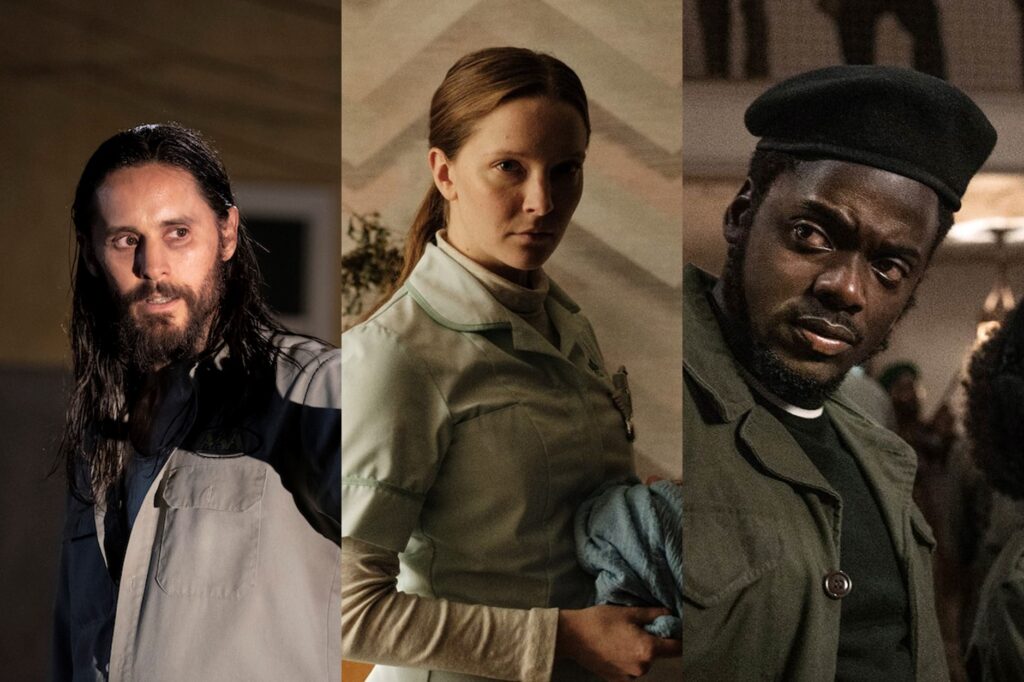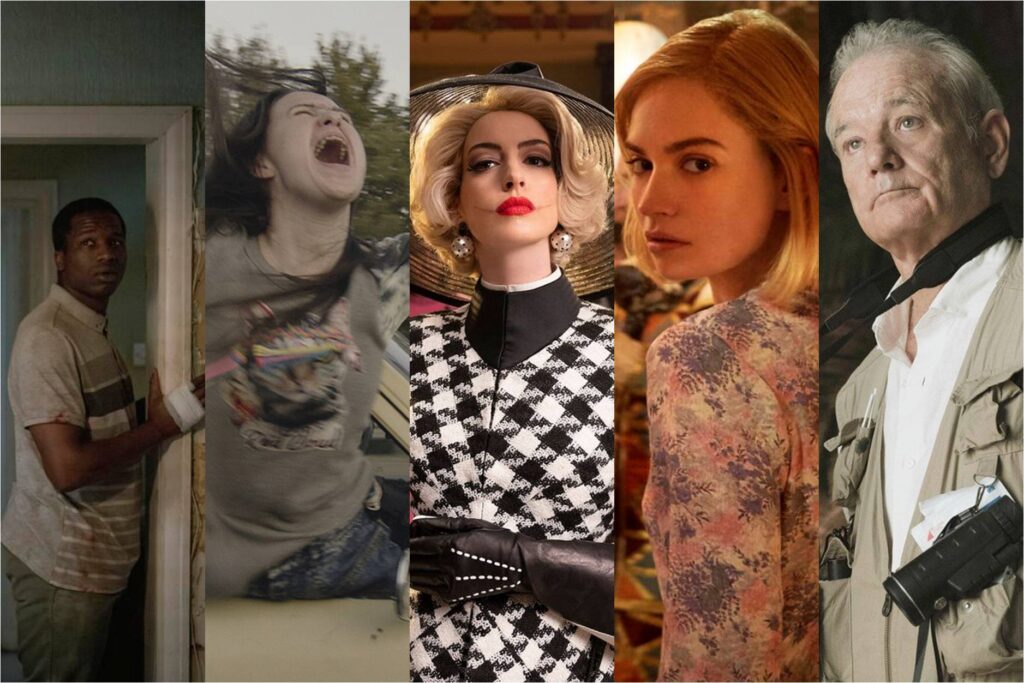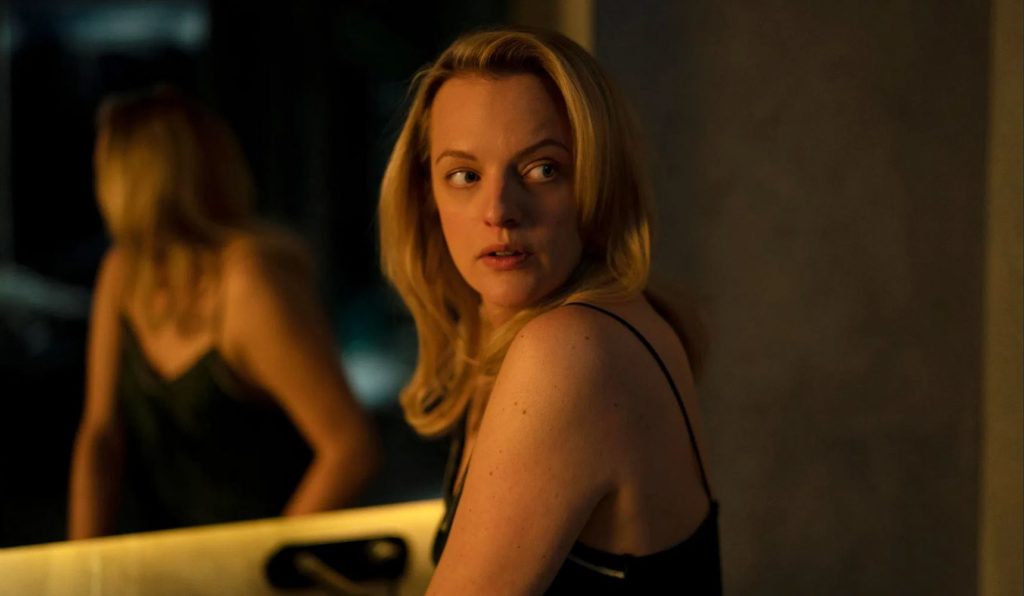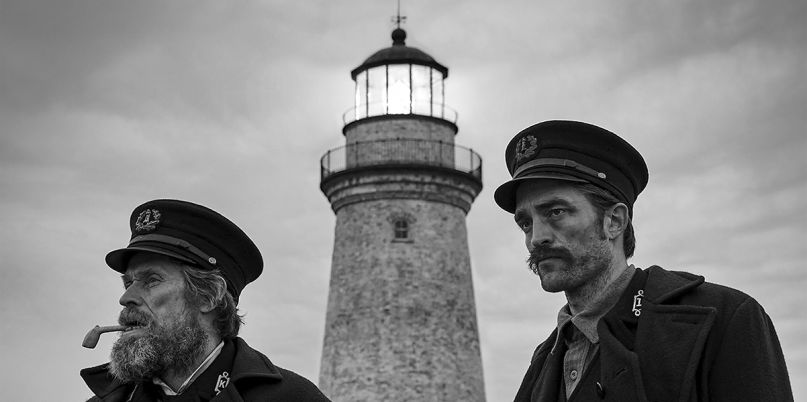Things Heard & Seen: The Ghostest with the Mostest
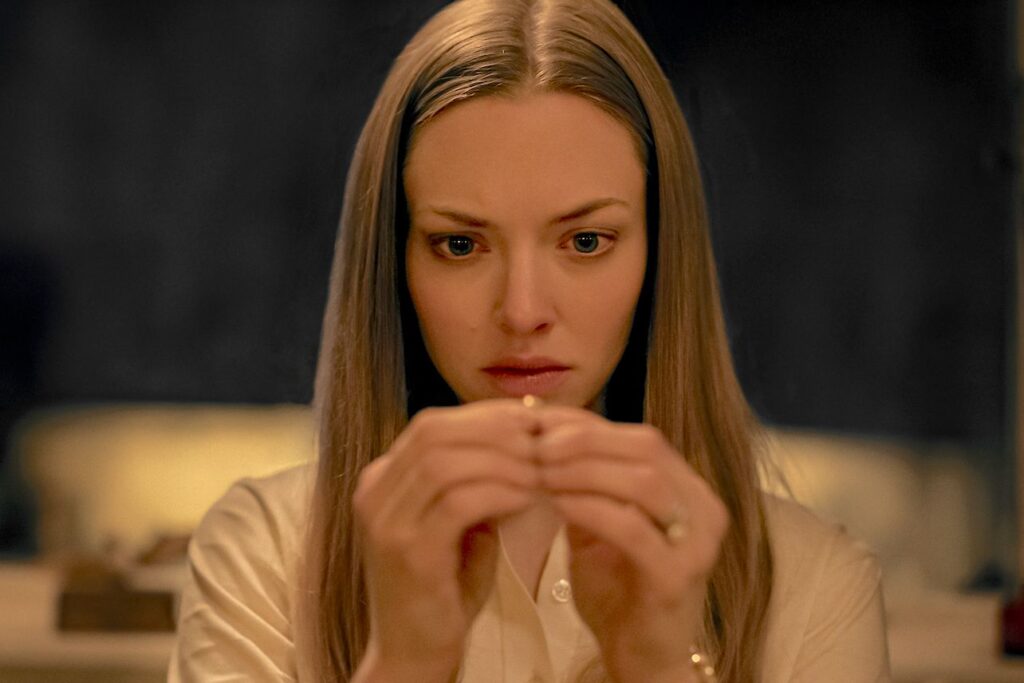
Every horror movie is a metaphor. Things don’t just go bump in the night for no reason; they carry messages and meaning, whether about racial injustice or domestic abuse or romantic incompatibility. The genre is an amplifier, designed to imbue figurative predicaments with literal and physical force. Things Heard & Seen, the new horror-lite picture from Netflix, proffers any number of tribulations for allegorical fodder: the peril of being trapped in a loveless marriage; the trauma of suffering from an eating disorder; the fear of being dislocated from the city to the country; the questionable wisdom of hiring a hunky, piano-playing townie to do your yardwork.
As that scattered litany of problems indicates, Things Heard & Seen is not an especially trenchant or provocative work. But it’s hardly terrible, seeing as it probes its central relationship with honesty and sobriety. Still, it’s easy to wish that this vague, slippery movie were a bit scarier, and that it cared more about its leading lady. Read More

